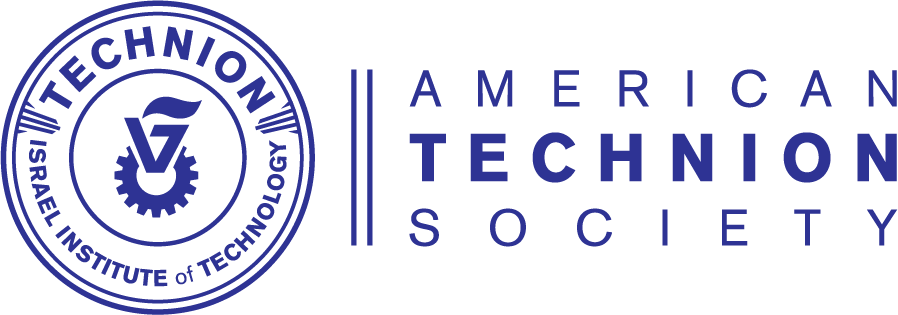Newswise — Marine viruses that have borrowed a key set of bacterial photosynthetic genes may be contributing more to the oceans’ energy production than previously thought, according to a new study led by researchers at the Technion-Israel Institute of Technology.
Technion professor Oded Béjà and colleagues suggest that the viruses, or marine phages, may use the genes to gain a competitive advantage over the bacteria they infect and other viruses. But the findings, along with earlier reports of phages with photosynthetic genes, could “change our calculations of how energy is generated in the oceans,” said Béjà.
“About 40 percent of photosynthesis on Earth is done in the oceans, and 50 percent of that is done by cyanobacteria,” he said. “Now we have to ask how much of this is done with viruses.”
The combination of viral and bacterial genes may also inspire new designs for scientists working to build better batteries and other photoelectric energy sources in the laboratory, Béjà noted.
The transfer of genes from bacteria to viruses is a common mode of evolution among microbes, “like a baton being passed between runners,” said Dr. Paul Falkowski, a professor of marine, earth and planetary sciences at Rutgers University. Future analyses of the massive sets of genetic data gleaned from marine environments will certainly turn up other genes—beyond those associated with photosynthesis—that have made the leap from microbe to virus, he said.
The study by the Technion researchers and colleagues from California State University at San Diego, CNRS and UPMC-Université Paris, the U.S. National Institutes of Health, and Tel Aviv University is part of the 26 August advance online publications of the journal Nature.
The genes were found in marine viruses or phages that infect Prochlorococcus and Synechococcus cyanobacteria, the tiny, blue-green and single-celled ocean dwellers that are among the most numerous photosynthetic cells in the seas.
The viruses may have incorporated the genes as a way to gain more energy as they infect and reproduce, although the research team hasn’t confirmed whether the genes really do give the viruses an energetic edge.
The bacteria genes co-opted by the marine viruses are part of a group, or “cassette” of genes called photosystem I. Photosystem I and another gene cassette called photosystem II genes are essential to the first steps of photosynthesis, absorbing energy from light and transforming into a form that can be used to fuel further reactions in the process.
It was a laboratory bet between Béjà and Ph.D. students Itai Sharon and Ariella Alperovitch that led to the discovery of the photosystem I cassette in viruses. Although a 2003 study had found photosystem II genes in marine viruses, Béjà thought the photosystem I cassette would be a less likely addition to the viral genome.
The photosystem II complex is unstable, bearing the brunt of any light-caused damage, and bacteria are constantly making fresh proteins to replace the damaged ones. But the photosystem I cassette doesn’t receive as much damage, said Béjà, “so we might have no reason to look for them in viruses because why would viruses carry photosynthesis genes if they don’t need to replace them as often?”
After scouring genome databases from a selection of marine bacteria and viruses, however, the students won the bet and found the bacterial photosystem I genes integrated in the viral genome. Béjà said the researchers aren’t exactly certain why the photosystem I genes are valuable to the viruses, but one clue may come from the crystal structure modeling of the photosystem I protein complex from the viruses.
The complex’s structure may help the viral complex expand its sources of energy beyond those available to the bacterial complex. Such an energy boost could be vital to a virus’s fitness, Béjà suggested.
“If during infection, a phage can gain more energy, instead of producing 40 new phages, maybe it can produce 60 or 80 phages,” he said. “It might be a small but significant advantage over phages that haven’t done that.”
The Technion-Israel Institute of Technology is Israel's leading science and technology university. Home to the country’s winners of the Nobel Prize in science, it commands a worldwide reputation for its pioneering work in nanotechnology, computer science, biotechnology, water-resource management, materials engineering, aerospace and medicine. The majority of the founders and managers of Israel's high-tech companies are alumni. Based in New York City, the American Technion Society (ATS) is the leading American organization supporting higher education in Israel, with offices around the country.
